Dividing Astilbe Plants: How To Transplant Astilbe In The Garden
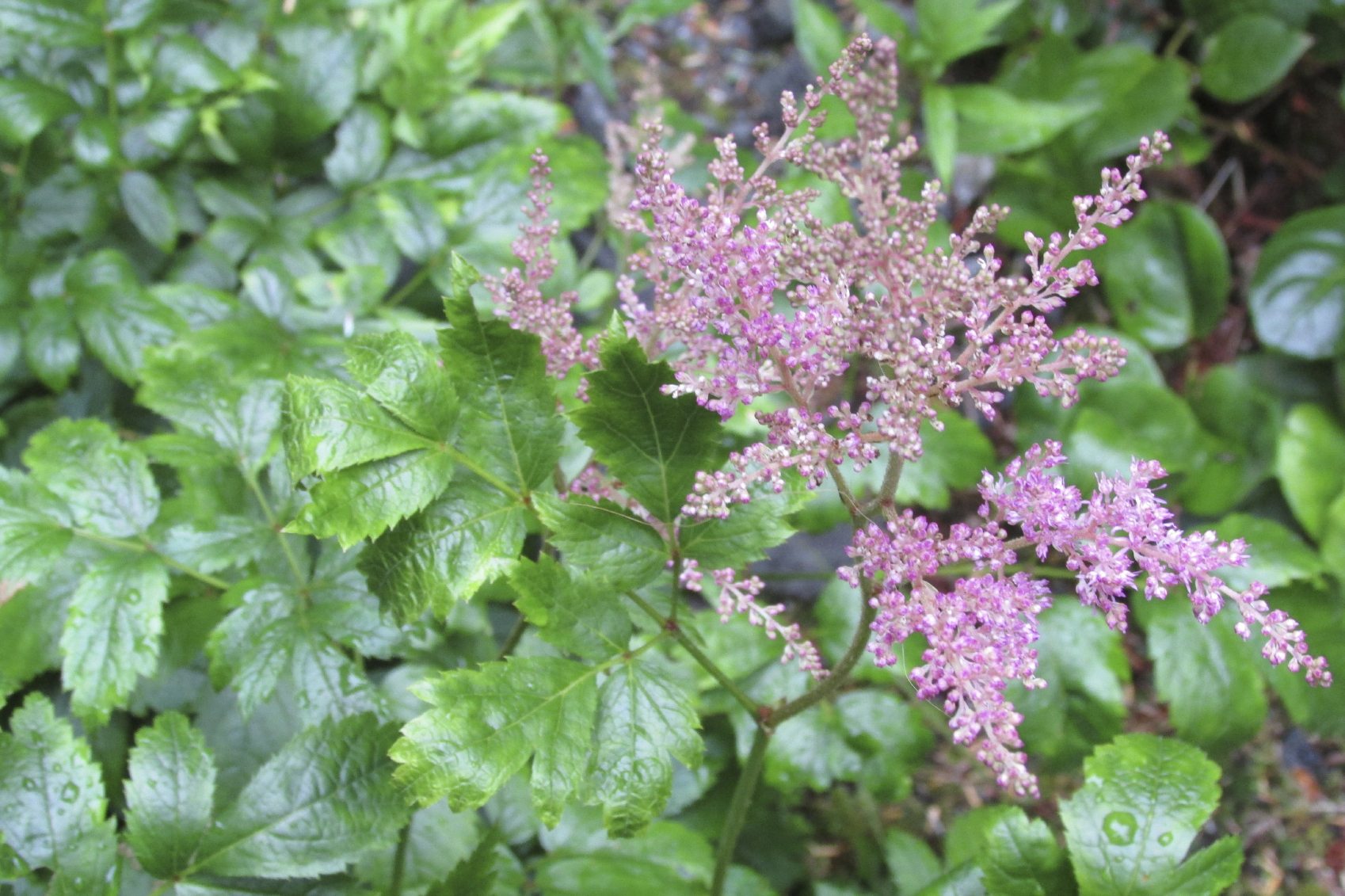

Most perennial plants can be divided and transplanted, and astilbe is no exception. You don’t need to think about transplanting astilbe or dividing astilbe plants every year but calendar the task for every two to four years. For more information on dividing astilbe plants, read on.
Astilbe Transplanting
You can transplant most flowers, including astilbe, whenever you want to give them more advantageous positions in the garden. Moving astilbe plants is the right thing to do when the flowers have been planted in inappropriate spots or have been overshadowed by neighboring plants. Perennials that bloom in the spring, including astilbe, should be transplanted in late summer or fall. This is the right time to divide too, if necessary.
Dividing Astilbe Plants
Astilbe, like many perennials, can be divided if the root clump gets too large. Astilbes do best when they are divided about every three years. This means that you dig up the plant’s root ball and literally divide it by cutting it into several pieces. Dividing astilbe plants is good for the plants because it eliminates the formation of overcrowded clumps, and helps the plants stay healthy. The new plants created by dividing astilbe plants can be transplanted to other garden flower beds.
How to Transplant Astilbe
When transplanting an astilbe, whether or not you divide the clump, you want to reduce the plant’s shock by making sure to site it in good soil and be generous with irrigation. If you want to know how to transplant an astilbe, start by watering the plant thoroughly until the soil is completely saturated. This is an important step in astilbe transplanting since watering loosens the roots, making it easier to remove them from the ground. Before you start astilbe transplanting, dig generous holes for the transplants. The holes should be some 8 inches (20 cm.) deep and as wide as the root balls of the new transplants. The next step in moving astilbe plants is to shovel out the root balls, working a few inches (8 cm.) away from the plant. Remove the astilbe plant from the soil, keeping the root ball attached to the plant. Slice through the roots with a sharp shovel blade, cutting from the top. Create at least four transplants from each plant. Replant each in a prepared hole, then repack the soil around it. Water the plants well.
Gardening tips, videos, info and more delivered right to your inbox!
Sign up for the Gardening Know How newsletter today and receive a free copy of our e-book "How to Grow Delicious Tomatoes".

Teo Spengler is a master gardener and a docent at the San Francisco Botanical Garden, where she hosts public tours. She has studied horticulture and written about nature, trees, plants, and gardening for more than two decades. Her extended family includes some 30 houseplants and hundreds of outdoor plants, including 250 trees, which are her main passion. Spengler currently splits her life between San Francisco and the French Basque Country, though she was raised in Alaska, giving her experience of gardening in a range of climates.
-
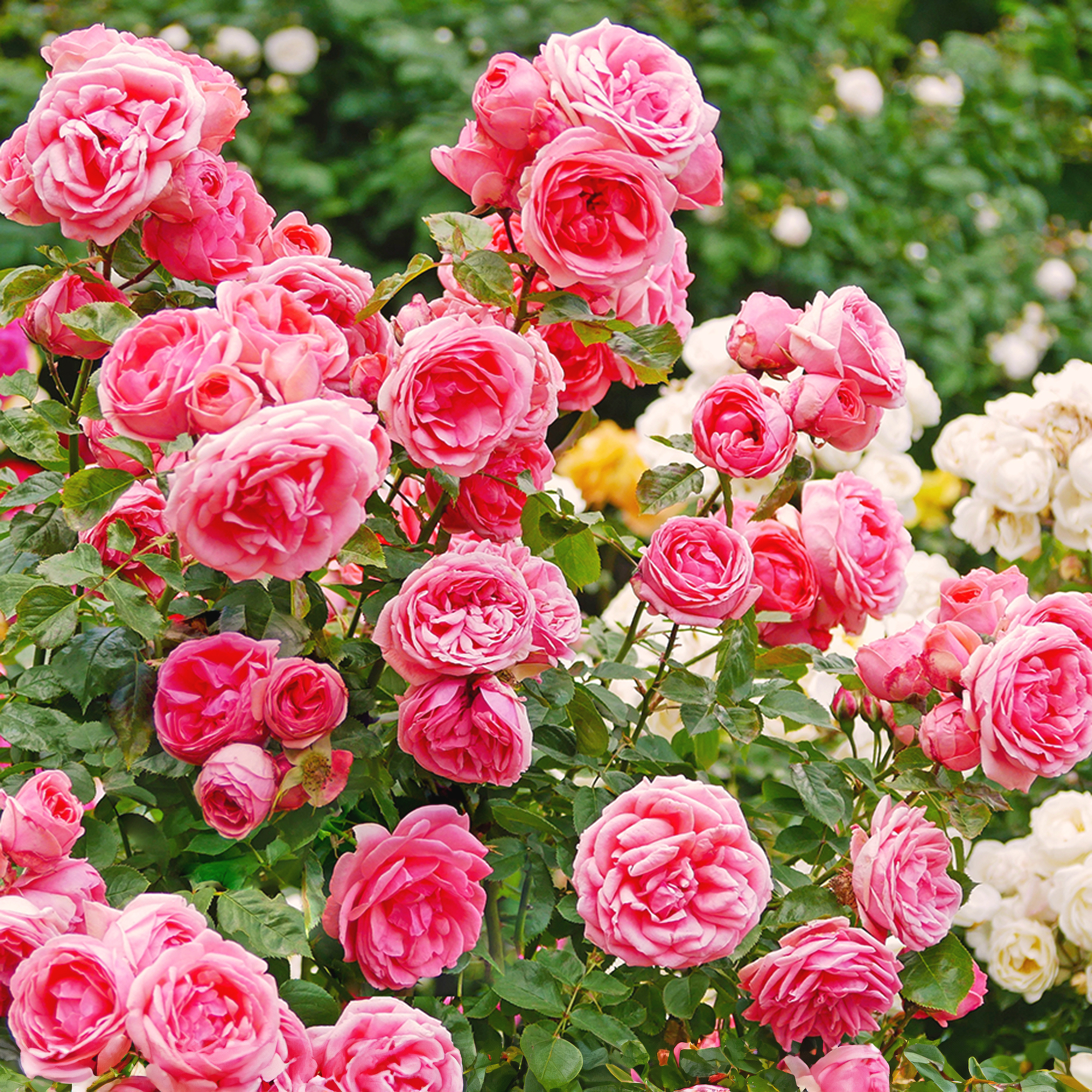 12 Best Shrub Roses For Every Garden – Enjoy Abundant Romantic Blooms All Summer Long
12 Best Shrub Roses For Every Garden – Enjoy Abundant Romantic Blooms All Summer LongFill garden beds, borders, and pots with these top-performing shrub roses and enjoy many years of color, beauty, and fragrance that spans three seasons.
-
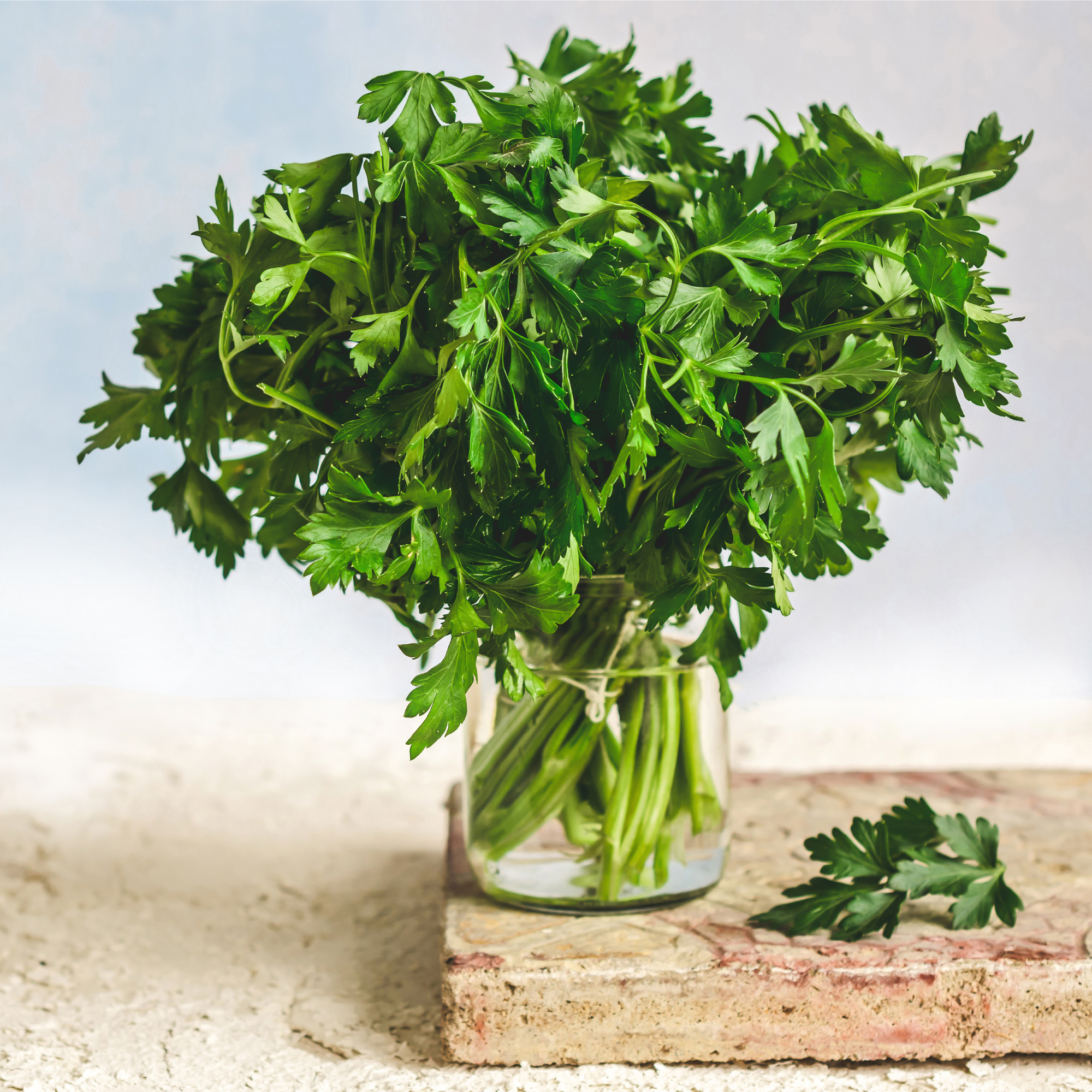 How To Store Fresh Herbs From The Garden: Best Methods To Maximize Shelf Life
How To Store Fresh Herbs From The Garden: Best Methods To Maximize Shelf LifeSo you've grown delicious and fragrant herbs in your garden, now what? Learn the best way to store your fresh herbs so you can enjoy your success longer!
-
 How To Transplant Trees From Woods
How To Transplant Trees From WoodsLearn the best practices for transplanting deciduous and evergreen trees from the forest.
-
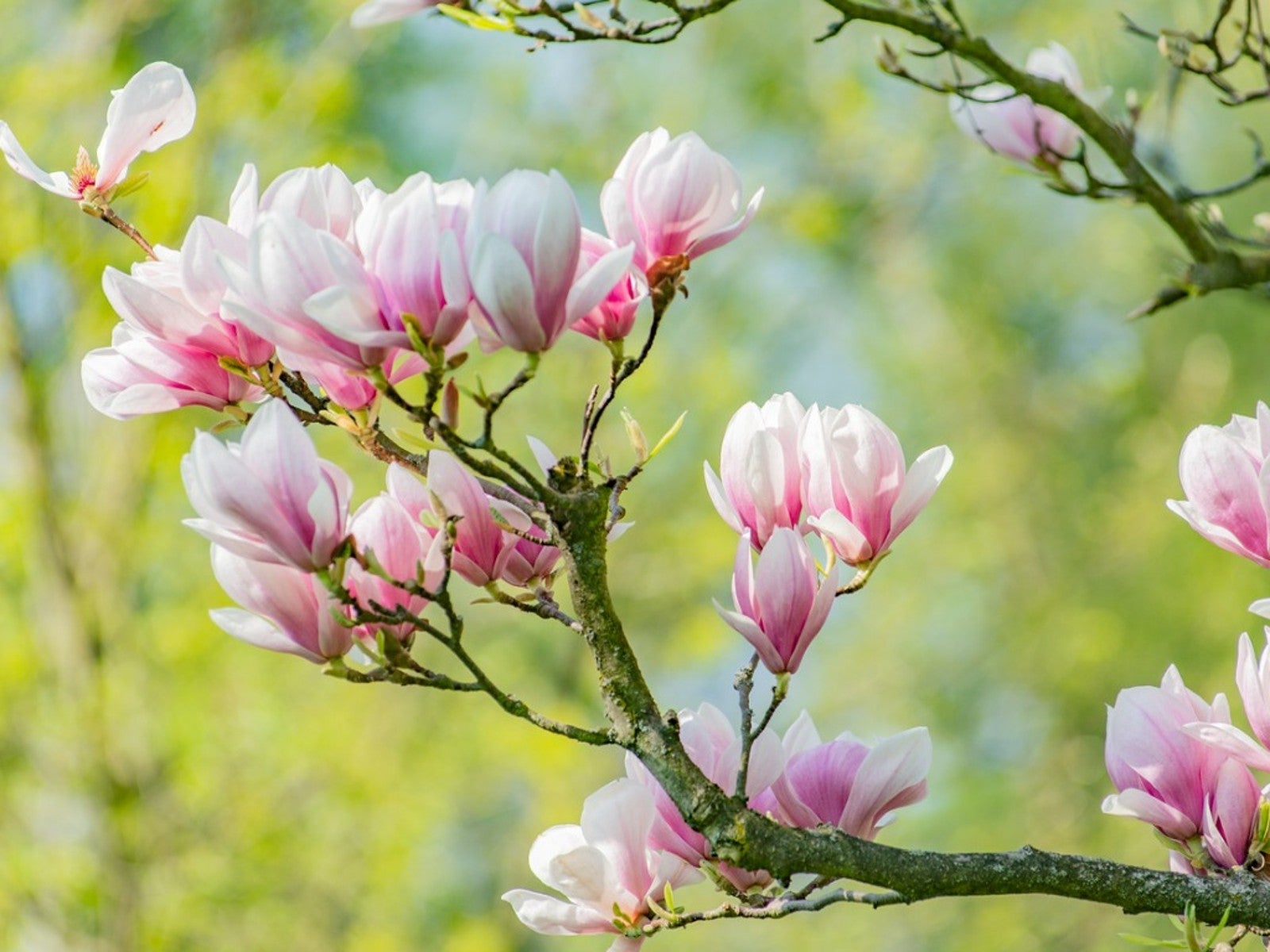 How To Avoid Magnolia Tree Transplant Shock
How To Avoid Magnolia Tree Transplant ShockSometimes homeowners find their magnolia isn't planted in an ideal location, which leads them to ask, “Can I transplant a magnolia tree?”
-
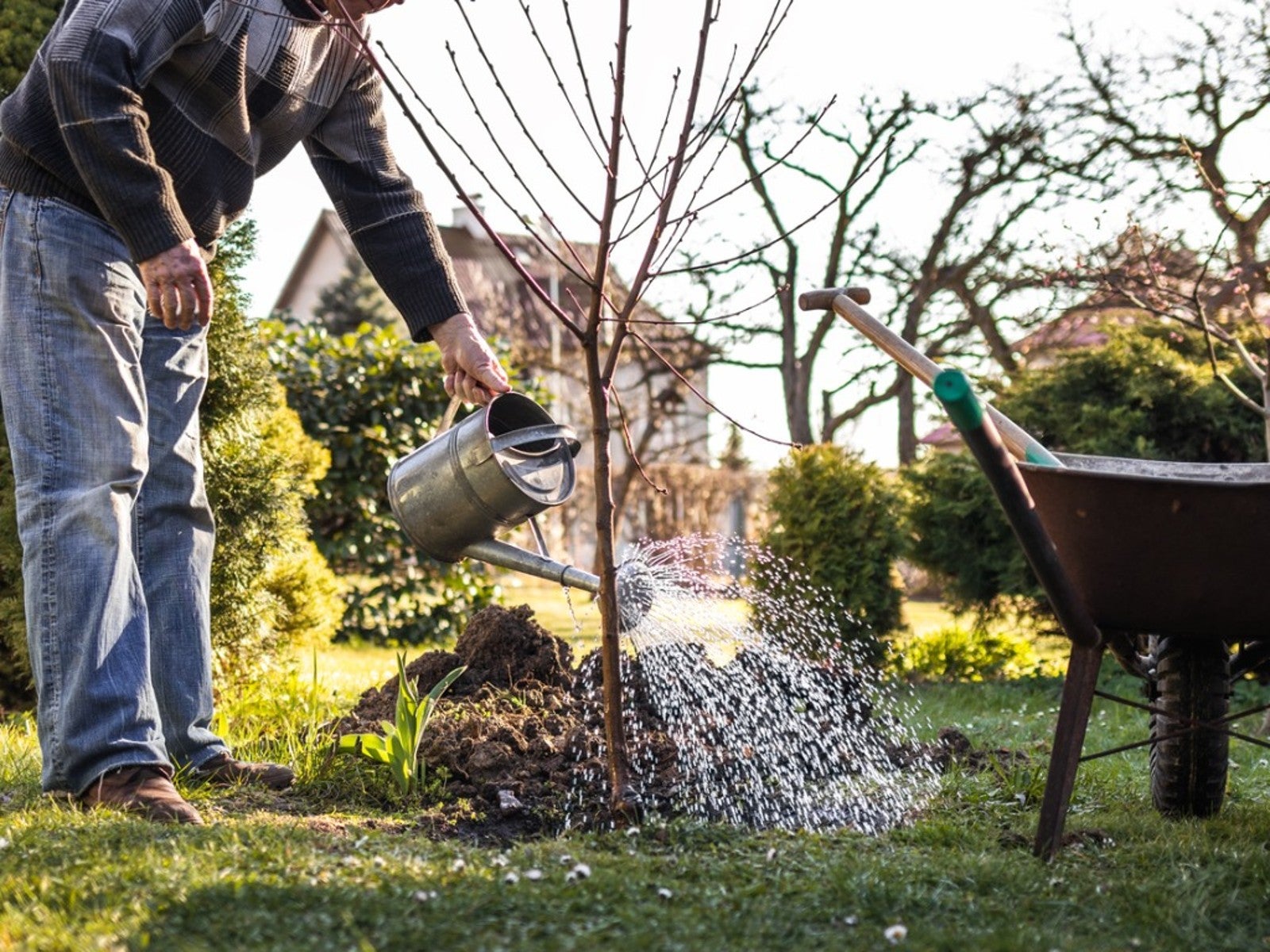 How To Transplant A Tree That Produces Fruit
How To Transplant A Tree That Produces FruitHow to transplant an apple tree? What is lemon tree transplant shock? Can mature fruit trees be transplanted? Read on for answers to fruit tree transplant questions.
-
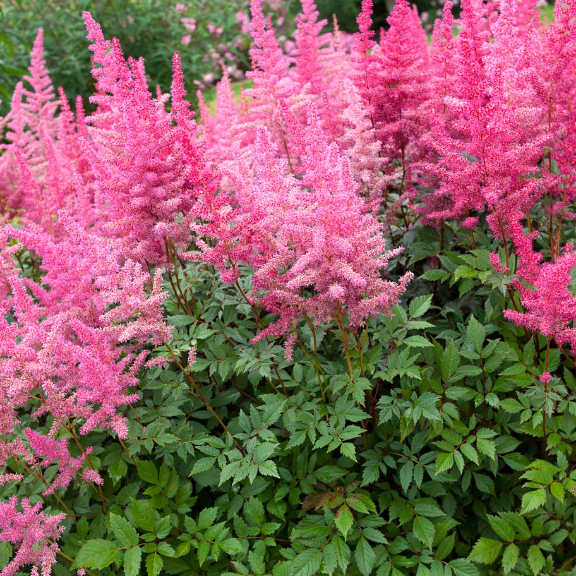 Astilbe History - What Are The Origins Of Astilbe Flowers
Astilbe History - What Are The Origins Of Astilbe FlowersThey're popular in many gardens with their feather-like blooms, but what are the origins of astilbe flowers? Click here to find out.
-
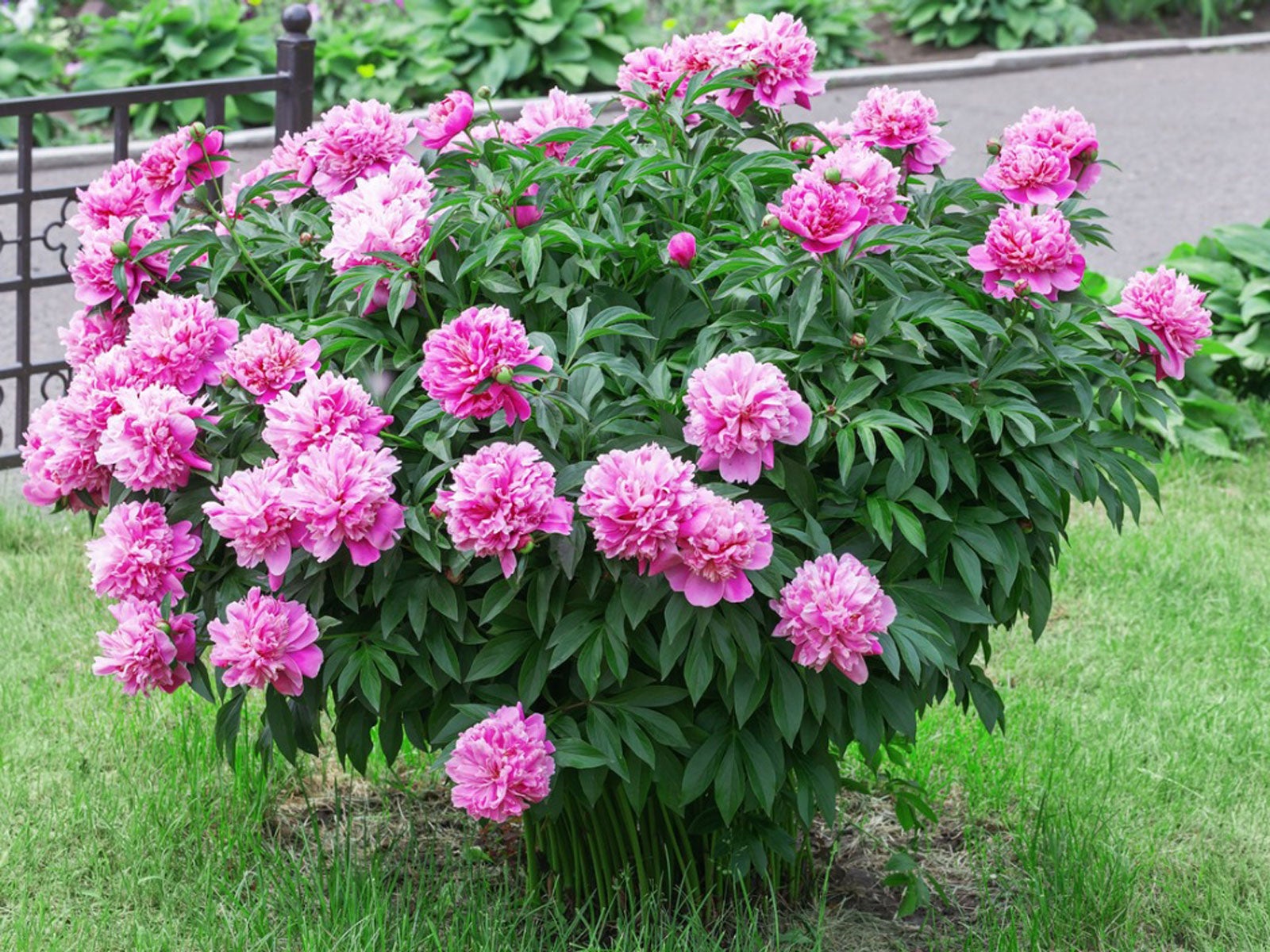 Moving Established Peonies: How Do You Transplant A Peony Plant
Moving Established Peonies: How Do You Transplant A Peony PlantOver time, peonies may fail to bloom as before. Moving established peonies is one solution, but can you transplant peonies? Find out here.
-
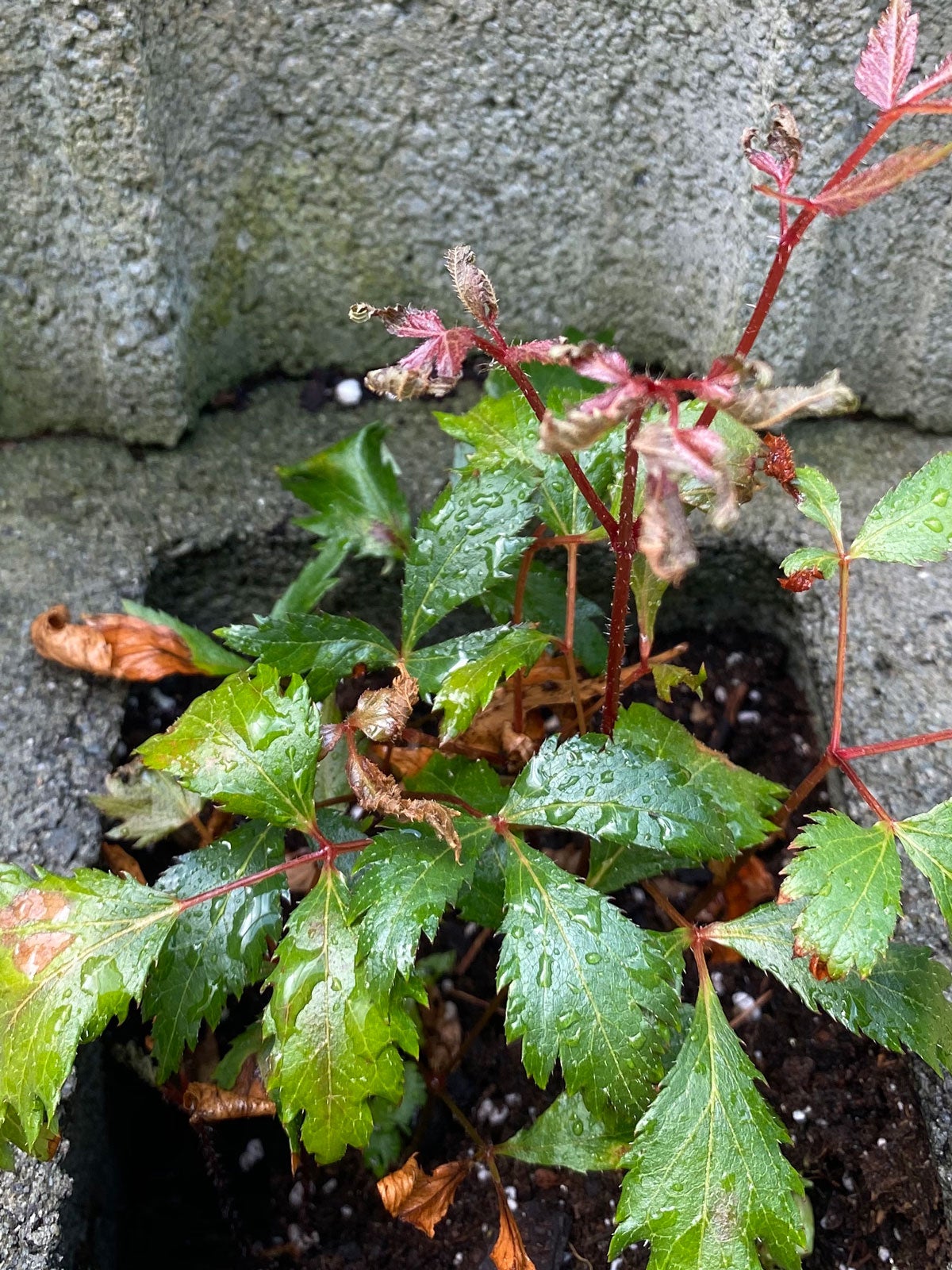 Astilbe Is Turning Brown: Troubleshooting Brown Astilbes
Astilbe Is Turning Brown: Troubleshooting Brown AstilbesBrowning astilbe can certainly mar your garden. Find out here why your astilbe is turning brown and what you can do to prevent or fix it here.
-
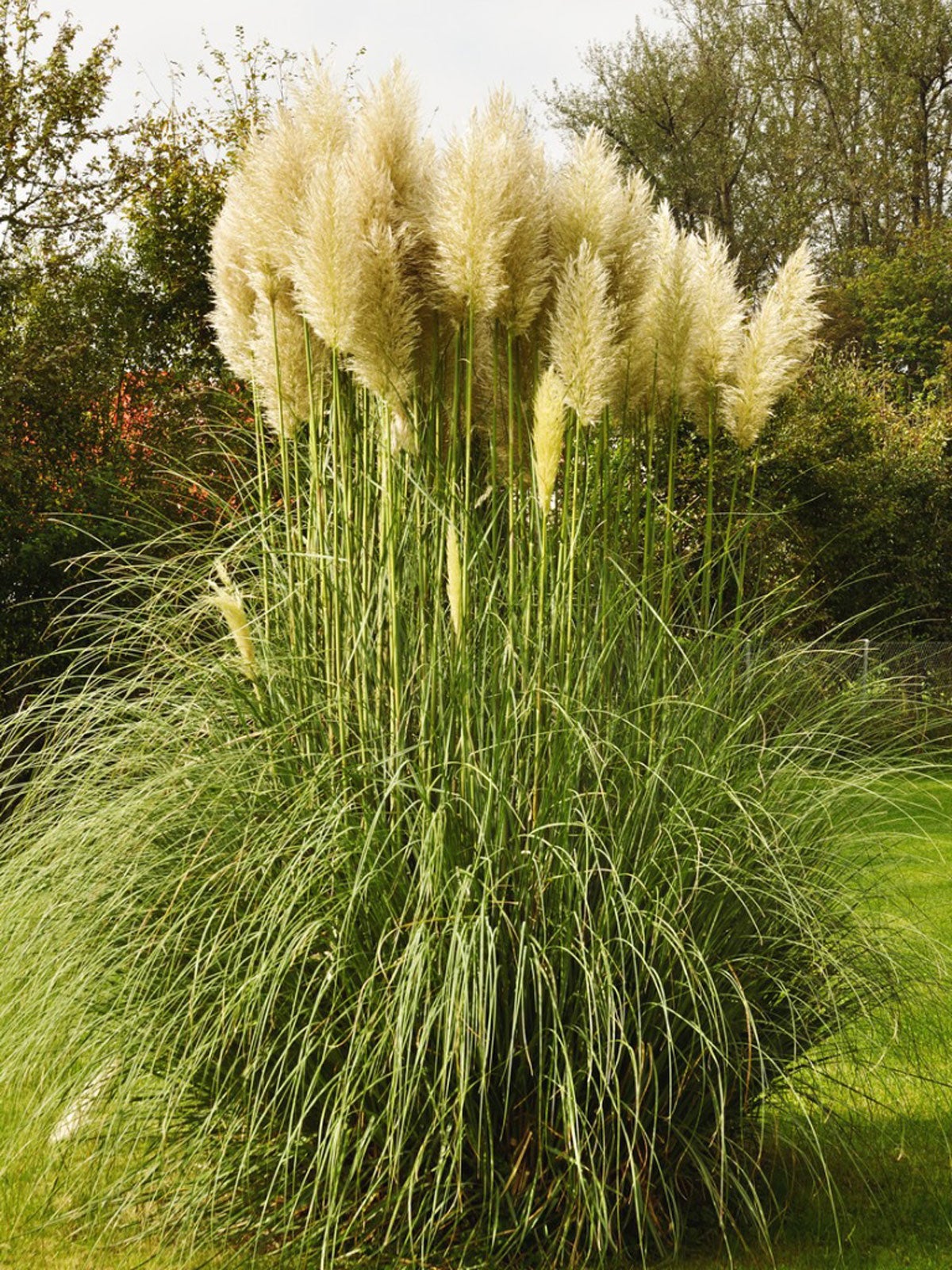 Moving Pampas Grass: When Should I Transplant Pampas Grass Plants
Moving Pampas Grass: When Should I Transplant Pampas Grass PlantsPampas grass is a stunning addition to the landscape, forming mounds of around 10 feet (3 m.) in diameter. With its quick growth habit, it is easy to understand why many growers ask, “Should I transplant pampas grass?”. Click this article to learn more.
-
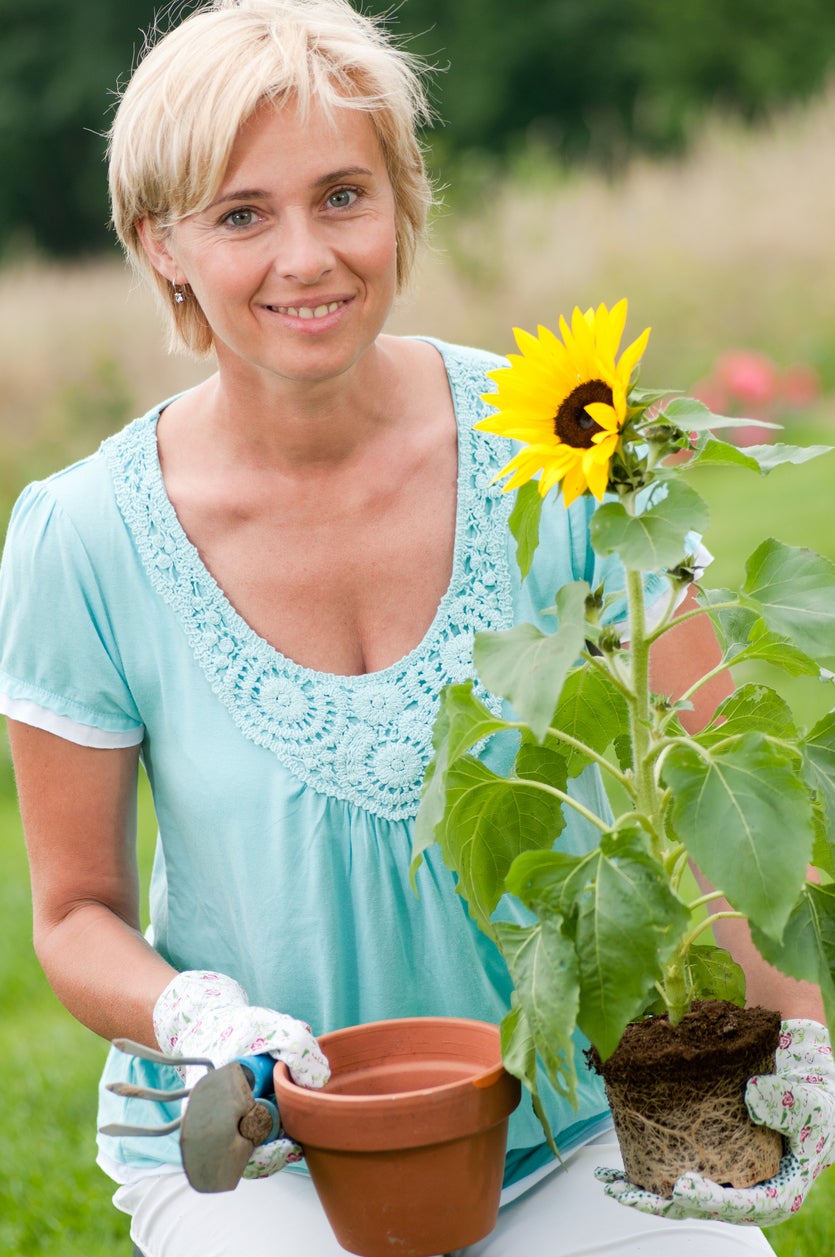 Do Sunflowers Transplant Well – Learn About Moving Sunflower Plants
Do Sunflowers Transplant Well – Learn About Moving Sunflower PlantsGrowing sunflowers in your landscape provides big yellow blooms that simply shout summer. But do sunflowers transplant well and should you move them at all? Click on the following article to learn more about moving sunflower plants in the garden.